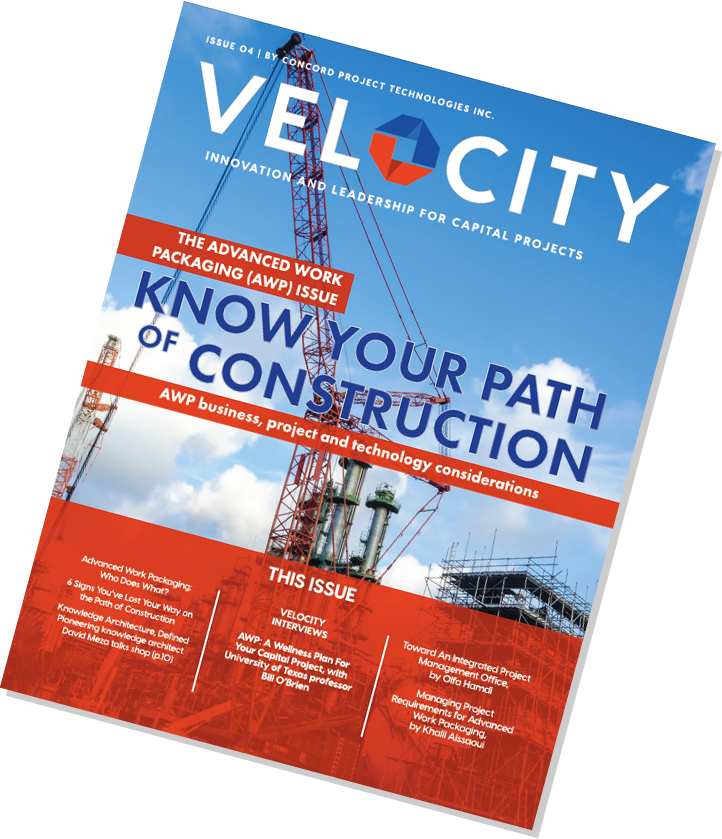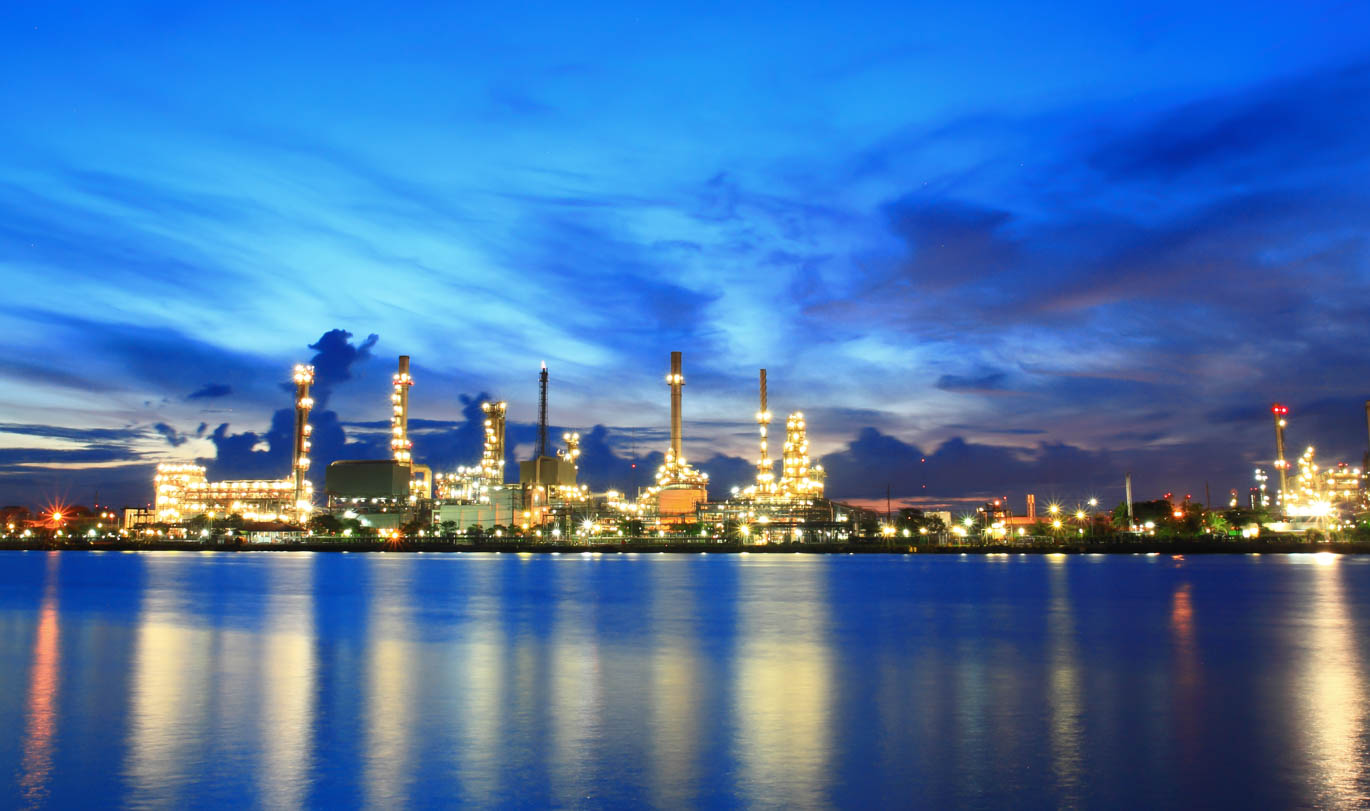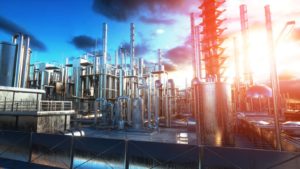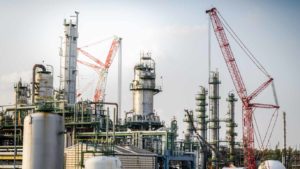Capital investment in petrochemical construction will surge in 2018, as companies respond to stabilizing oil prices and continuing access to low-cost feedstocks, experts say.
Spending on U.S. and Canadian refinery capital will jump to over $17 billion in 2018, even as oil prices remain low, according to a December report from Petrochemical Update.
The report says billions in new capital spending will be driven largely by refiners’ desire to take advantage of low-cost feedstocks. The investment will also prepare existing facilities for the introduction of new, more stringent regulations from the Environmental Protection Agency.
Petrochemical Update cites the Industrial Info Resources database, which says 2018 spending will hit $17.31 billion, up 19 percent from the $14.49 billion expected investment this year.
The first wave of ethylene cracker construction projects is expected to come online by 2018, according to the U.S. Energy Information Administration, and a second wave is on the horizon. Shell recently won approval for a $6 billion cracker project in Potter, Pa., and on March 27, Total announced plans for a joint venture with Borealis and Nova that could see a new $1.7 billion cracker built on its property in Port Arthur, Tex.
Other cracker projects under consideration include PTT/Marubeni’s proposed $5.7 billion project in Belmont County, Ohio, and ExxonMobil/SABIC’s $9 billion facility in Coastal Bend, Tex., near Corpus Christi. The latter billed as the largest ethane steam cracker in the world could be approved as early as May.
Petrochemical Update reports that derivatives capacity is also expected to expand, with more than $9 billion in polyethylene capacity investments slated for construction before 2020. The methanol industry is also experiencing a revival: In January, Yuhuang Chemical started construction on its $1.85 billion methanol plant in Louisiana, while Natgasoline is expected to invest in a $2.2 billion addition to its existing Beaumont, Tex. facility.
Nearly $2.6 billion in other derivatives projects are underway, with more than $5.1 billion in new-capacity downstream projects in the planning and approval stages expected to start construction in mid-2017 and peak in 2018 and 2019. These include facilities that will produce chlorine, propylene oxide, and linear alpha-olefins.
The Trump Administration’s recent approval of the controversial Keystone XL oil pipeline from Hardisty, Alberta, Canada to Steele City, Neb., will also trigger up to $8 billion investment in the sector through 2018 and beyond.
Labor costs make up roughly 50 percent of capital construction spending on these projects, and labor and infrastructure costs in the U.S. Northeast are up to 9 percent higher than on the Gulf Coast. Competition for skilled labor will drive costs up even higher, as refineries embark on deferred maintenance after years of high margins and non-stop production.
These twin forces could mean labor costs have a disproportionate effect on new construction. In Louisiana, Sasol was forced to increased the estimated cost of its new Lake Charles cracker by nearly 25 percent, to $11 billion from $8.9 billion, due in part to rising labor costs.
Demand for in-house data is also expected to climb, as project leaders learn from the experiences of the first wave of cracker construction projects and seek efficiencies as they embark on larger and more complex second-wave projects.





